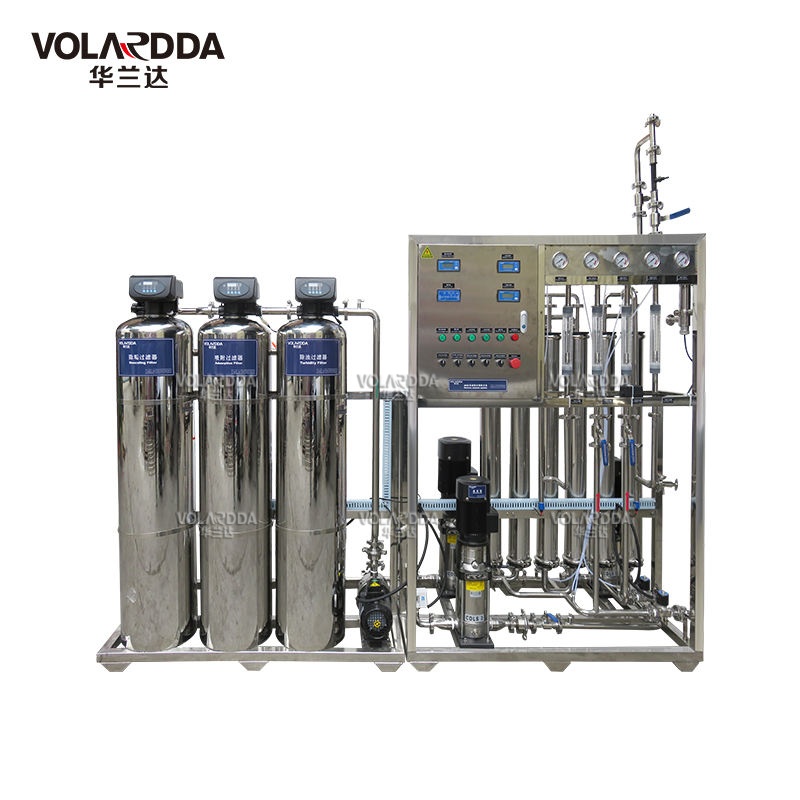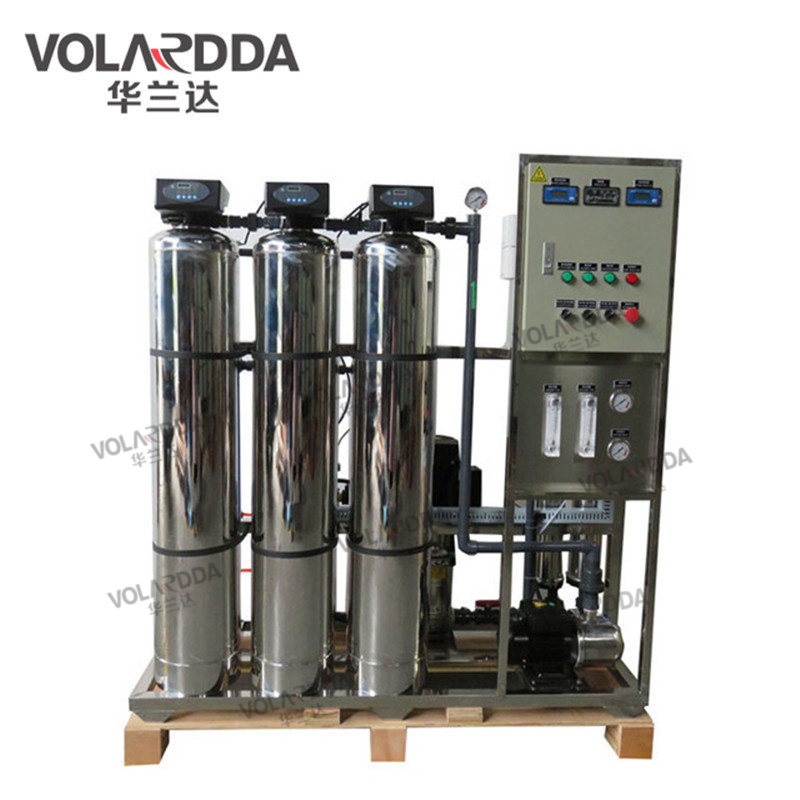Stainless steel filter water purifier, do you know these benefits?
Stainless steel water purification equipment is a common water treatment equipment, which can effectively remove impurities, bacteria, heavy metals and other harmful substances in water, and improve water quality and water volume. What are the advantages of stainless steel water purification equipment? What occasions is it suitable for? What matters need to be paid attention to? This article will be answered in detail by professional engineers, so that you can have a comprehensive understanding of stainless steel water purification equipment.
Working principle of stainless steel water purification equipment
The working principle of stainless steel water purification equipment mainly includes the following steps:
The first step is to open the main water inlet valve, and the water source enters the equipment. After passing through the coagulant dosing device, an appropriate amount of coagulant, such as polyaluminum chloride, polyacrylamide, etc., is added to the water to make the suspended matter, colloids and particles in the water condense into large particles.
The second step is that the water flows through the static mixer to fully mix the coagulant and water in the water to improve the coagulation effect.
The third step is that the water flows into the reaction precipitator, so that the coagulated water can settle the condensed large particles to the bottom of the tank within a certain residence time to form sludge, thereby removing most of the impurities in the water. The sludge is discharged regularly through the sludge discharge valve to keep the precipitator clean.
The fourth step is that the water flows through the filter, and the precipitated water is further filtered to remove fine particles and residual coagulants in the water, and improve the transparency and cleanliness of the water. The filter generally uses quartz sand, activated carbon, magnetized ore and other filter materials. Different combinations and layers can be chosen according to the water quality. The filter needs to be backwashed regularly to prevent the filter material from clogging and failure.
The fifth step is that the water flows through the disinfectant dosing system, and an appropriate amount of disinfectant, such as chlorine, ozone, etc., is added to the filtered water to kill bacteria, viruses and other microorganisms in the water to ensure the hygiene and safety of the water. The type and amount of disinfectant should be reasonably chosen and adjusted according to the different water quality.
In this way, the stainless steel water purification equipment completes the treatment of water, so that the water meets certain standards and requirements and can be used for various purposes.
Advantages of stainless steel water purification equipment
Compared with water purification equipment made of other materials, stainless steel water purification equipment has the following advantages:
Corrosion resistance: The main material of stainless steel water purification equipment is stainless steel, which has strong corrosion resistance. It will not rust, corrode, or discolor due to changes in water quality, maintaining the beauty and life of the equipment.
High temperature resistance: Stainless steel water purification equipment can withstand water temperatures up to 100°C, and will not deform, crack, or break due to rising water temperatures, maintaining the stability and safety of the equipment.
Pressure resistance: Stainless steel water purification equipment can withstand water pressures up to 10MPa, and will not burst, leak, or be damaged due to changes in water pressure, maintaining the performance and efficiency of the equipment.
Easy to clean: The surface of stainless steel water purification equipment is smooth and flat, not easy to be contaminated with dirt, bacteria, or scale, easy to clean and disinfect, and keep the equipment hygienic and clean.
Environmental protection: The materials of stainless steel water purification equipment are recyclable, will not produce harmful waste, and are in line with environmental protection concepts and requirements.
Application scenarios of stainless steel water purification equipment
The application scenarios of stainless steel water purification equipment are very wide and can be used in the following occasions:
Domestic water: Stainless steel water purification equipment can be used in homes, hotels, schools, hospitals and other living places to provide safe, sanitary and high-quality domestic water, such as drinking water, bathing water, laundry water, etc.
Industrial water: Stainless steel water purification equipment can be used in factories, enterprises, agriculture and other industrial places to provide industrial water that meets standards and requirements, such as cooling water, circulating water, irrigation water, etc.
Special water: Stainless steel water purification equipment can be used in special places such as laboratories, pharmaceuticals, food, beverages, etc. to provide high-purity and high-quality special water, such as ultrapure water, injection water, drinking water, etc.
Installation steps and precautions of stainless steel water purification equipment
The installation steps and precautions of stainless steel water purification equipment are as follows:
The first step is to choose a suitable installation location, which requires sufficient space, ventilation, drainage, power supply and other conditions to avoid adverse factors such as direct sunlight, high temperature, humidity, vibration, etc.
The second step is to connect the water source pipeline. The pipeline material and interface must match the equipment. The pipeline length and curvature must be appropriate. The pipeline must be firmly fixed. The valve must be flexibly opened and closed to prevent leakage, blockage, bursting, etc.
The third step is to connect the water outlet pipeline. The pipeline material and interface must match the equipment. The pipeline length and curvature must be appropriate. The pipeline must be firmly fixed. The valve must be flexibly opened and closed to prevent leakage, blockage, bursting, etc.
The fourth step is to connect the power cord. The power cord must be consistent with the voltage, current, frequency and other parameters of the equipment. The power cord must have good insulation and grounding. The plug must match the socket. The switch must have a protective device to prevent electric shock, short circuit, fire, etc.
The fifth step is to debug the equipment. It is required to start, run, stop, clean, maintain and other operations according to the equipment's instruction manual, check the various indicators and performance of the equipment, and ensure the normal and stable operation of the equipment.
The above is my introduction to stainless steel water purification equipment. I hope it will be helpful to you. Thank you for your reading and support!



